The year began on an optimistic note: Covid restrictions had all but eased, car sales across Europe were on the up and it seemed like each week brought news of a car maker’s encouragingly ambitious electric transformation strategy.
But even the most tuned-in industry strategist would have struggled to predict the geopolitical events that have shaken the industry – and the global economy – to its core over the past 12 months.

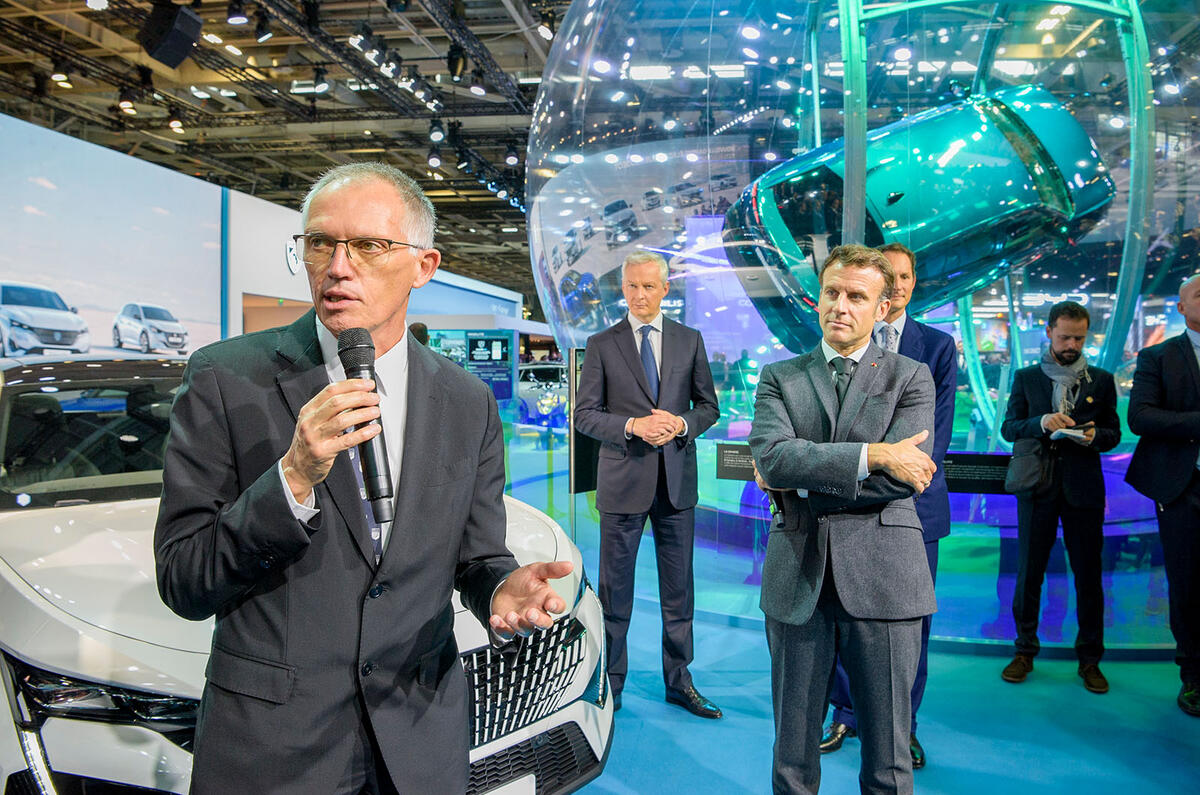


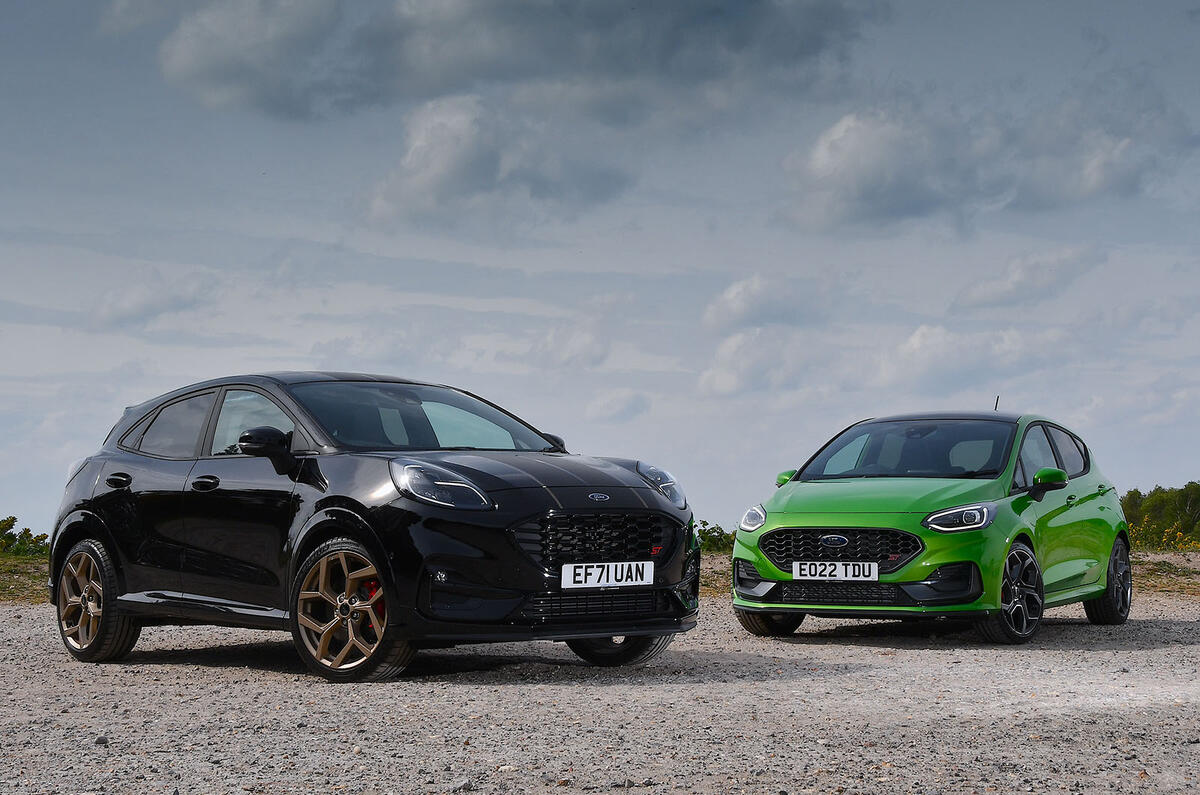
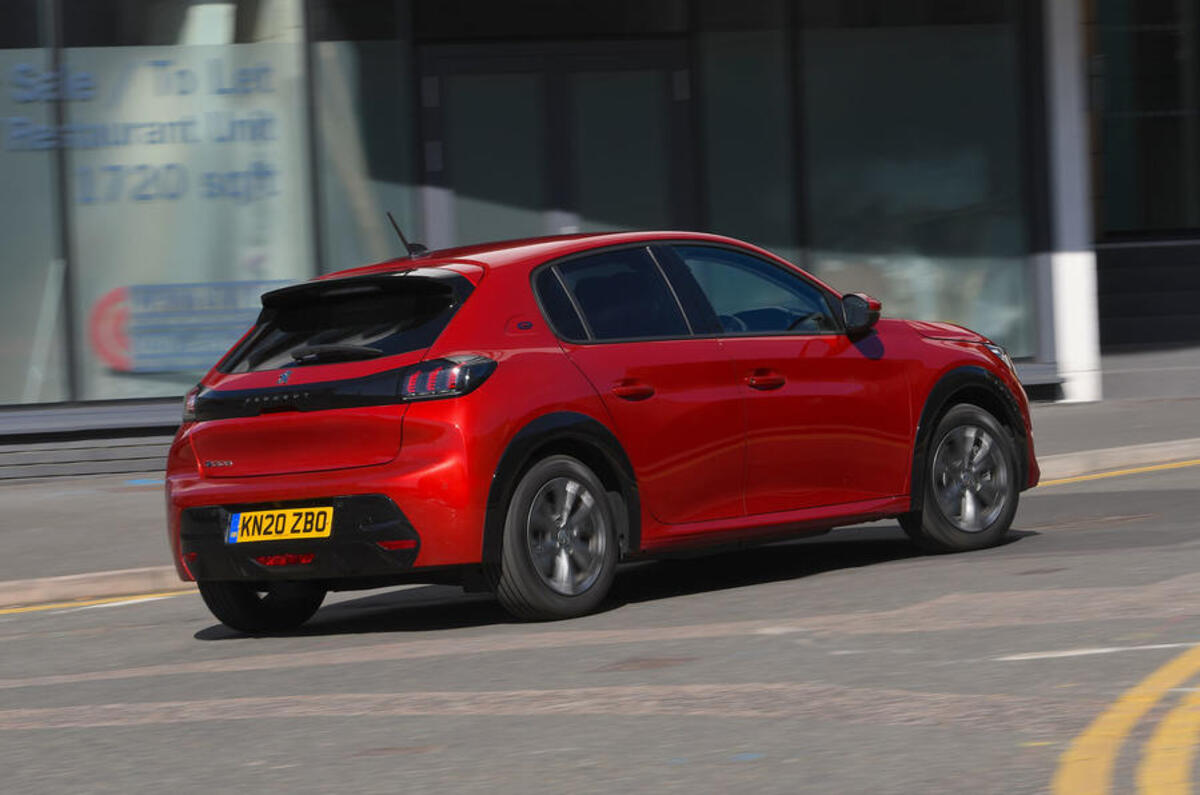

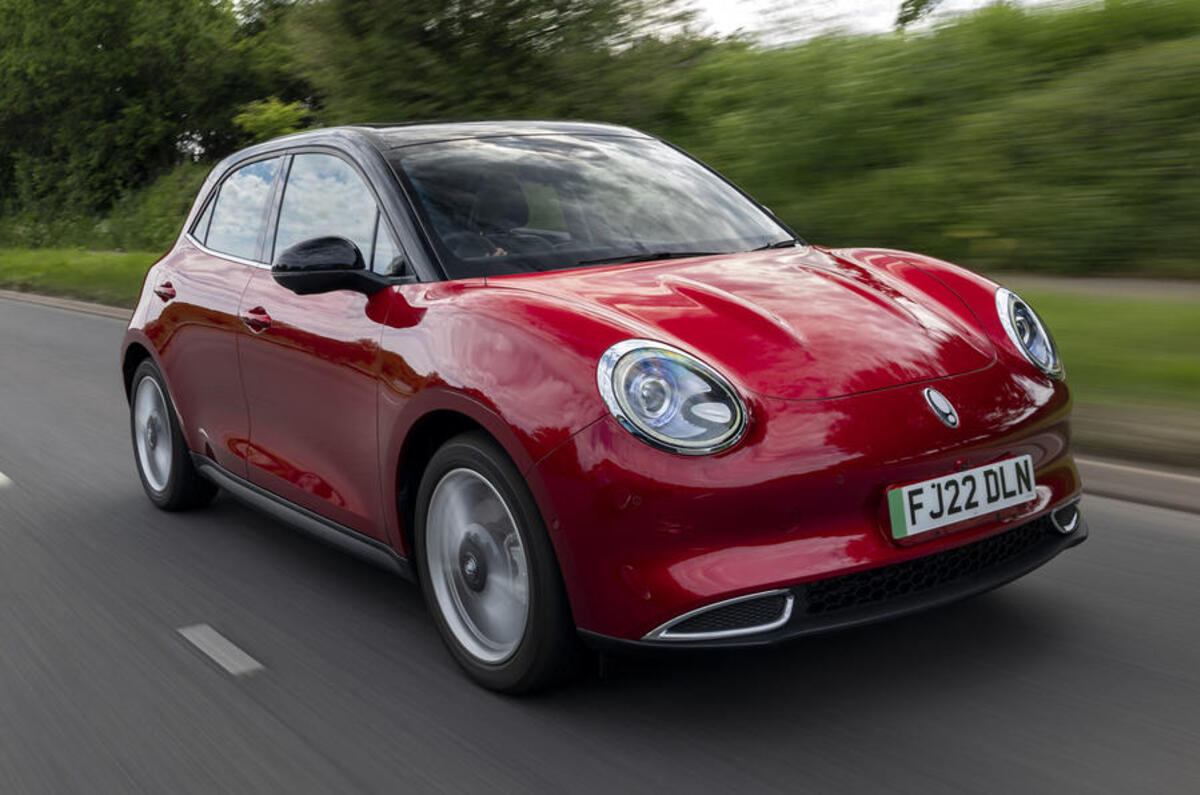
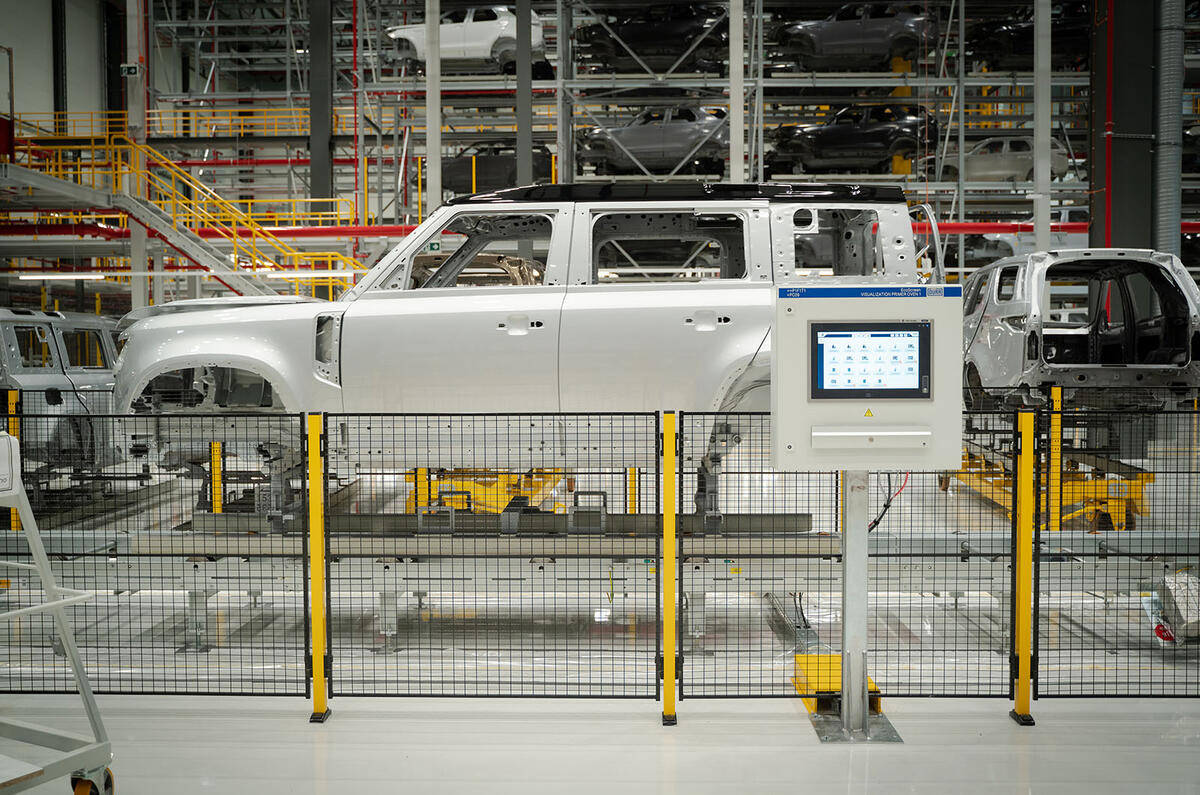
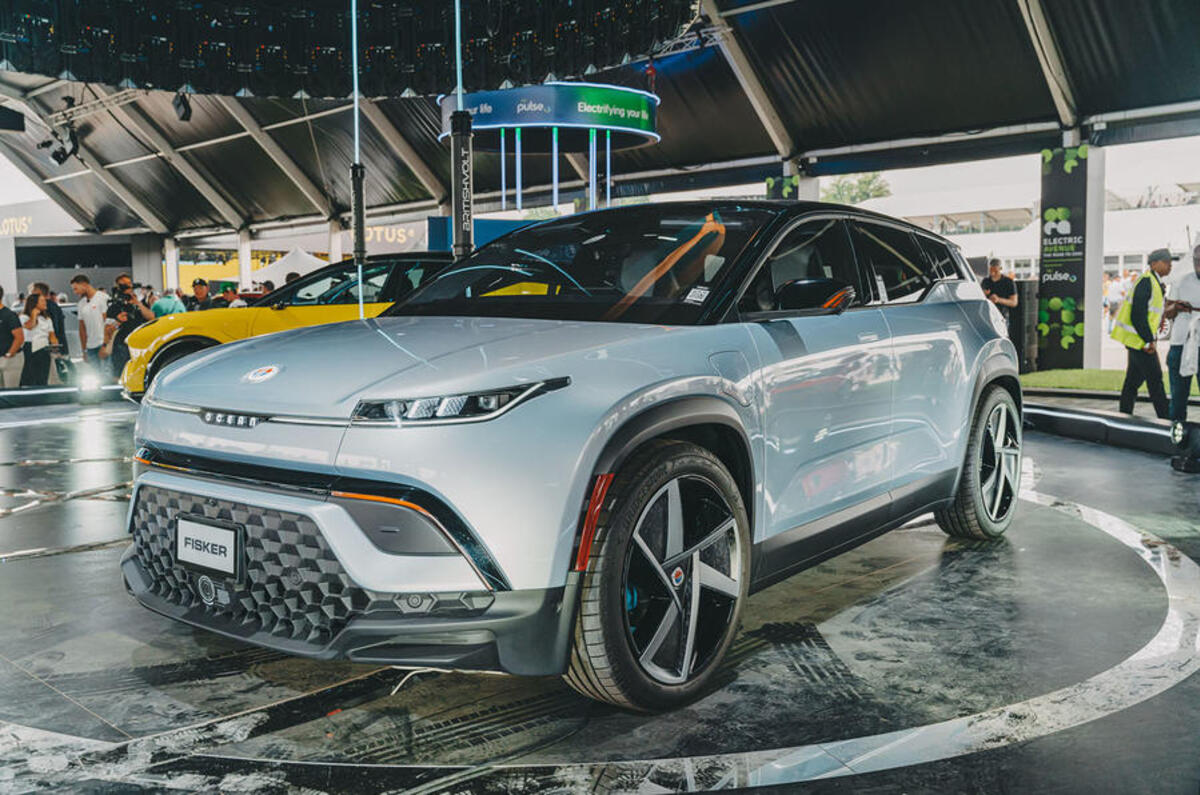






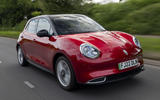
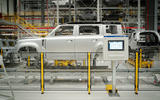



Add your comment